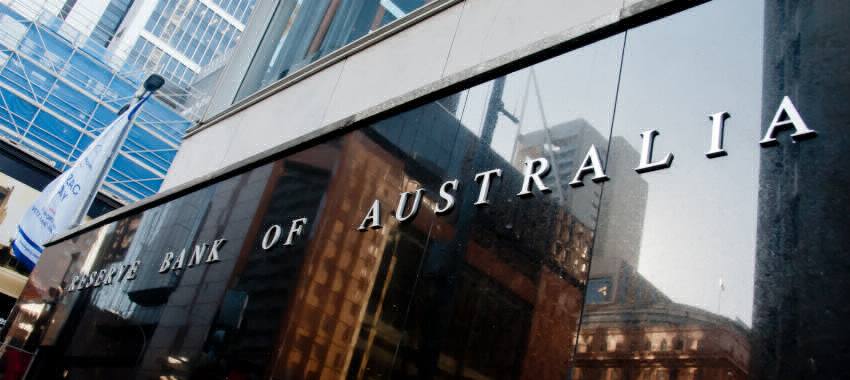
The central bank has announced its monetary policy decision for September–October, dousing hopes for a rate cut this year.
The board of the Reserve Bank of Australia (RBA) has announced its decision on monetary policy for September–October, determining to hold the official cash rate at its current level of 4.35 per cent, as widely expected.
This marks the seventh consecutive time the RBA board has decided to keep the cash rate where it is, as it works to keep inflation moving toward the target while being mindful of risks to economic growth and jobs.
Announcing the decision on Tuesday (24 September), RBA governor Michele Bullock said: “Sustainably returning inflation to target within a reasonable time frame remains the board’s highest priority. This is consistent with the RBA’s mandate for price stability and full employment. To date, longer term inflation expectations have been consistent with the inflation target and it is important that this remain the case.
“While headline inflation will decline for a time, underlying inflation is more indicative of inflation momentum, and it remains too high. The most recent projections in the August SMP show that it will be some time yet before inflation is sustainably in the target range. Data since then have reinforced the need to remain vigilant to upside risks to inflation and the board is not ruling anything in or out.
“Policy will need to be sufficiently restrictive until the board is confident that inflation is moving sustainably towards the target range.
“The board will continue to rely upon the data and the evolving assessment of risks to guide its decisions. In doing so, it will pay close attention to developments in the global economy and financial markets, trends in domestic demand, and the outlook for inflation and the labour market.
“The board remains resolute in its determination to return inflation to target and will do what is necessary to achieve that outcome.”
When will the cash rate start falling?
She also reaffirmed the board’s dedication to bringing the cash rate to the midpoint of the 2–3 per cent target range (which is not forecast to come back into band until the end of 2025 and to the midpoint of the target until 2026).
“Headline inflation is expected to fall further temporarily, as a result of federal and state cost of living relief. However, our current forecasts do not see inflation returning sustainably to target until 2026. In year-ended terms, underlying inflation has been above the midpoint of the target for 11 consecutive quarters and has fallen very little over the past year,” Bullock said.
Indeed, the latest monthly Consumer Price Index (CPI) indicator from the Australian Bureau of Statistics (ABS) showed that inflation rose 3.5 per cent in the 12 months to July 2024 (with underlying inflation at 3.7 per cent). The CPI figures for August are expected to be released tomorrow (25 September) - with the RBA keeping a keen eye on how lower fuel prices and Stage 3 tax cuts are impacting inflation - with quarterly inflation figures expected on 30 October.
While Australia is widely believed to be at the peak of its most recent rate-hiking cycle (which started in May 2022 amid surging inflation), the timing of when the easing cycle will begin has been consistently revised given stubborn inflation.
Bullock once again sought to douse any expectations that the cash rate may fall in the near term but said that the board did not explicitly consider an alternative option (i.e. a rate hike or rate cut) this month, instead discussing what would be needed to be happening to the economy for either outcome.
The next cash rate decision will be announced on 5 November and will mark a year since the cash rate last moved (when it increased by 25 bps to its current level).
However, none of the major bank economists are forecasting a November rate cut, with the Commonwealth Bank of Australia moving out its expectations for a potential rate cut to December 2024.
NAB, Westpac, and ANZ, however, don’t expect the RBA to start its easing cycle until next year.
Both ANZ and NAB have said that cuts could happen any time from February 2024, while Westpac projects a more gradual decline starting in February and reaching a low of 3.35 per cent by December 2025.
The Australian Greens had hoped to force a cash rate reduction, after saying they would help the government pass its bill to reform the central bank if the federal Treasurer stepped in and used his powers (as per section 11 of the RBA Act) to lower the cash rate.
If the Treasurer did so, the Greens would have reportedly voted to approve the Treasury Laws Amendment (Reserve Bank Reforms) Bill 2023, which would see the central bank have two boards: one for monetary policy and another for governance.
However, Finance Minister Katy Gallagher told ABC Radio earlier this week that the government would not work with the Greens “ultimatum”: “[W]e won’t work with that because that is crazy. It’s economically irresponsible, and we won’t do it."
[Related: CBA pushes back rate cut forecast]
 Login
Login











JOIN THE DISCUSSION